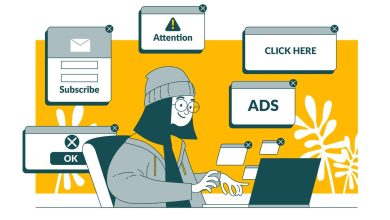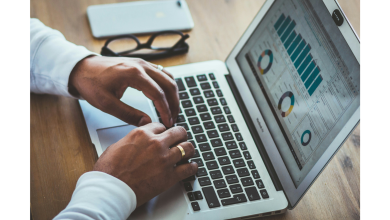Airlines spend millions trying to figure out where their service actually breaks down. Customer surveys help, but people forget details or sugarcoat problems. That’s where expert airline mystery shoppers come in—trained evaluators who fly anonymously and document everything from booking to baggage claim. These aren’t casual travelers writing online reviews. They’re following detailed assessment protocols, measuring specific touchpoints, and reporting data that airlines use to fix systemic issues. The difference between a mystery shopper and a regular passenger complaint is the methodical approach and actionable feedback format.
What Makes Airline Mystery Shopping Different
Standard retail mystery shopping checks if employees smile and follow scripts. Airline evaluation is way more complex because you’re assessing multiple departments across different locations over several hours. A single flight evaluation might track 150+ data points—online booking flow, call center interactions, airport signage, check-in efficiency, lounge quality, boarding procedures, in-flight service, and arrival experience.
The scope varies by airline needs. Some focus on premium cabin service to justify higher fares. Budget carriers care more about speed and efficiency metrics. International airlines track cultural sensitivity and language capabilities across different routes.
Mystery shoppers usually fly the route 3-5 times over different time periods. Morning flights operate differently than late evening. Weekday crews have different dynamics than weekend staff. A single evaluation doesn’t capture operational reality.
Training and Qualification Requirements
Airlines don’t just hire frequent flyers and call them evaluators. Legitimate mystery shoppers go through certification programs teaching observational techniques, report writing, and bias elimination. They learn to distinguish between personal preferences and actual service failures.
Most programs require 15-20 hours of training before field assignments. Shoppers study the airline’s service standards, learn to use timing devices discreetly, and practice objective documentation. The goal is removing subjective judgment—instead of “the flight attendant was rude,” they note “crew member made eye contact 2 out of 8 passenger interactions during beverage service.”
Background checks are standard since shoppers get access to operational details. Some airlines require shoppers to sign NDAs covering specific findings and internal processes.
Data Collection Methods and Technology
Modern mystery shoppers use mobile apps that prompt evaluations at specific touchpoints. The app might vibrate during boarding, cueing the shopper to document gate agent behavior and boarding efficiency. This real-time tracking reduces memory errors that plague traditional report writing.
Photography and video require careful handling. Some airlines prohibit recording crew members directly. Shoppers document conditions (cleanliness, equipment condition, cabin temperature) but avoid identifiable faces without consent. Audio recording is usually banned entirely.
Timing measurements matter more than people realize. Airlines want data on how long priority boarding actually takes, or the average time between service rounds in flight. Shoppers use subtle timing methods—checking smartwatch timestamps or noting departure board times.
Impact on Service Quality and Operations
Airlines use mystery shopping data to identify training gaps. If multiple reports show crew members struggling with specific safety demonstrations, that triggers training program updates. Consistently low scores at particular airports might reveal understaffing or inadequate facilities.
Compensation and incentive structures sometimes tie to mystery shopping scores. Some airlines include mystery shopping metrics in performance reviews for airport managers or service directors. This creates accountability but also risks gaming the system if employees figure out how to spot evaluators.
The feedback loop typically runs quarterly. Airlines compile scores, identify trends, implement changes, then measure again to see if improvements actually worked. It’s not immediate—you might see service changes 6-9 months after a mystery shopping wave.
Common Problem Areas Identified
Consistency issues pop up constantly. Business class service might be excellent on flagship routes but mediocre on secondary ones. Mystery shoppers quantify these gaps, showing airlines exactly where standards slip.
Communication failures between departments surface frequently. Check-in agents don’t have information about flight delays, or gate agents contradict information given by the app. These disconnects frustrate passengers but are hard for airlines to track without systematic evaluation.
Technology problems that work fine in testing break down under real-world conditions. Self-service kiosks fail in specific scenarios, or mobile boarding passes don’t scan properly. Mystery shoppers document exactly when and why these systems fail.




